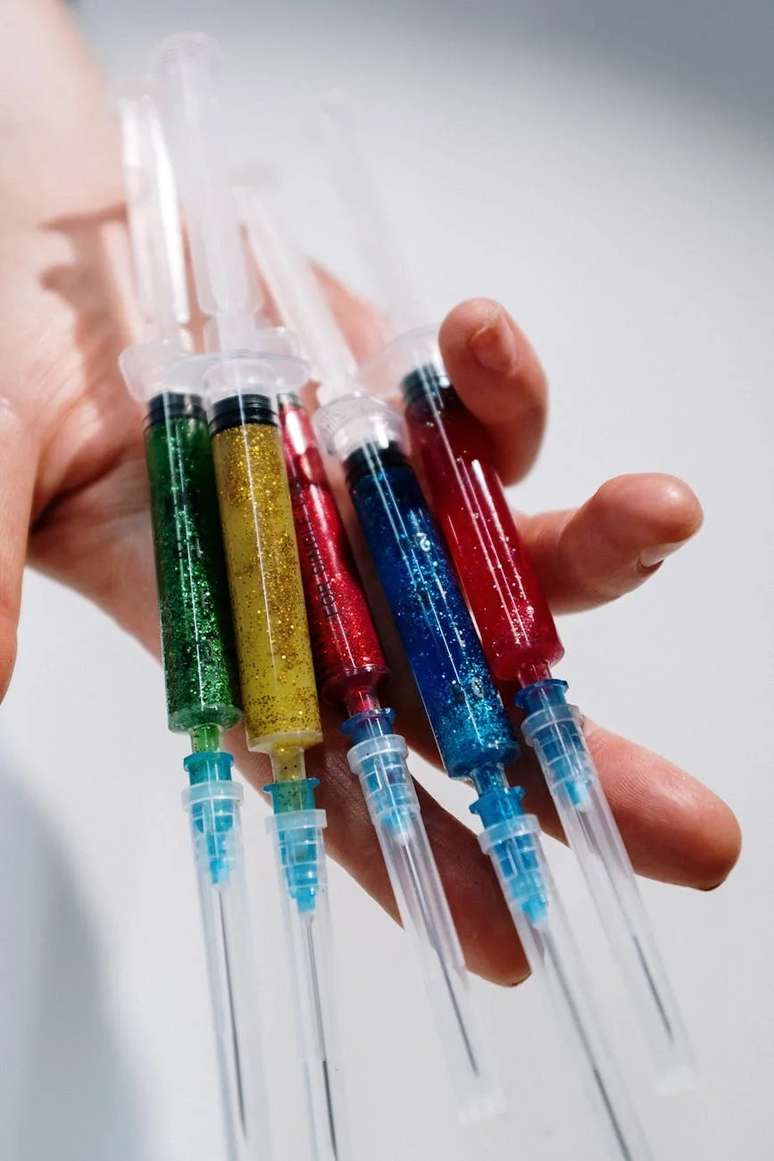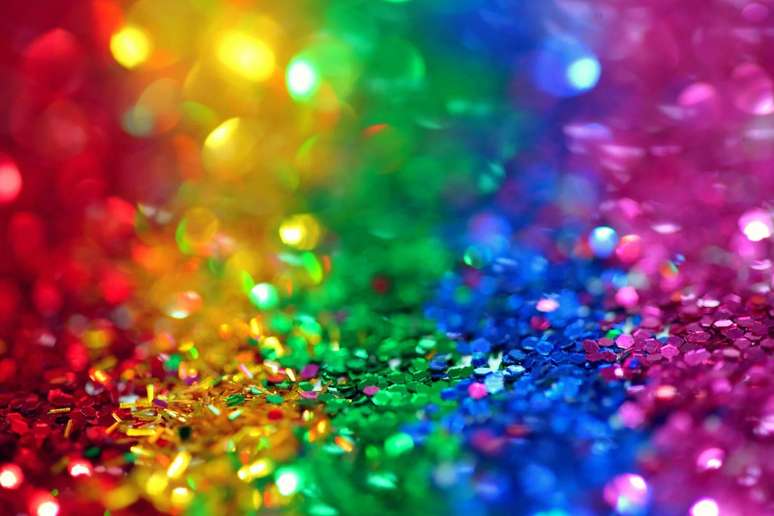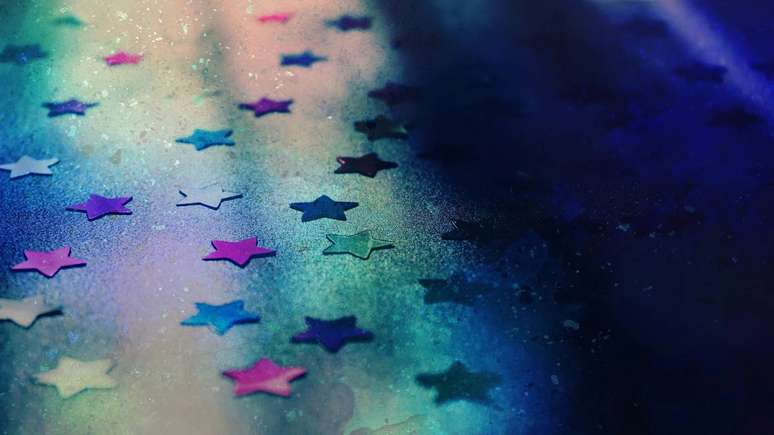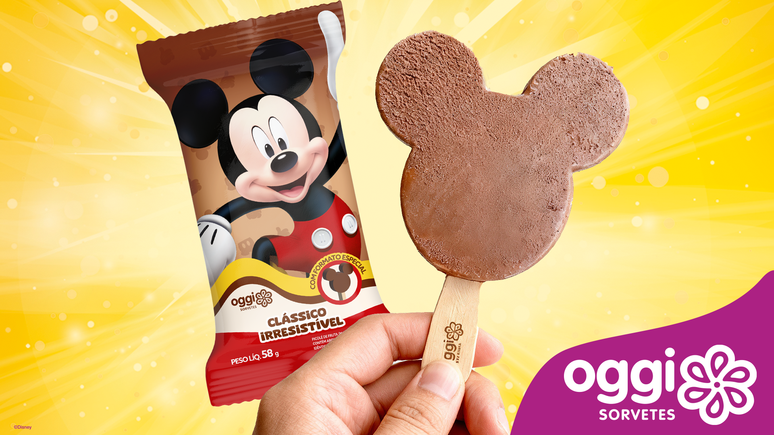One of the most used articles on carnival days […]
* Article republished in The conversation Under a Creative Commons license.
It took it but it came. The most awaited party of the year in Brazil officially begins this Friday, the last day of February, filling the streets of the country of music, brightness and joy. And from the road block to the Samba school, one of the most commonly used articles to give a special touch to any carnival costume is the glatter.
Also known as sparkleGlitter is a set of small particles that reflect the light and they bind practically any surface. But in addition to the difficulty of getting rid of it after the Baldoria, this small sparkling powder hides a dark side: it is harmful to the environment and raises concerns about the impacts on human health.
Our team of researchers from the Puc-Rio Department of Chemistry has conducted a detailed study on sparklePublished in the Journal of Trace Elements in Medicine and Biology. We investigate the concentrations of metals and other chemical elements present in this material, as well as how the absorption of their body occurs when it comes into contact with the skin and what its behavior is in aquatic environments.
After all, what is the sparkle/Purpurine?
The idea for the study was born from the concern of microplastics in the environment, since most porpurine are substantially composed of plastics lower than 5 millimeters. It is mainly made of polymers such as polyethylene (PE) and Polivinil chloride (PVC).
But since this dust is so colorful and sparkling, we think it could also contain metal dyes that reflect the light and therefore often give this vibrant effect. The problem with these pigments is that they add a further risk of contamination for both the ecosystem and for human health in contact with the skin.
Although studies on the impacts of microplastics on the environment are still relatively new, the harmful effects of some metals are already widely documented. However, the regulation of these compounds is still limited to many products and even when there is legislation, the inspection may not be effective, considering the large amount of new items launched at any time.
So, for this study, we buy champions from sumptuousR red, blue and green in commercial stores in Rio de Janeiro, which we analyzed in the laboratory.
According to our study, the chemical composition of sparkle It mainly depends on color. In fact, metals and other reflective chemical elements are used. The green champions had a greater concentration of bromine (123 mg/kg), while the reds contained more titanium (116 mg/kg). Although the titanium metal is not responsible for the red color, it has a high refraction speed, increasing the intensity and brightness.

In addition, the titanium, especially in the form of titanium dioxide (tio₂), is widely used as a white coloring, sun cream and food additive, but its toxic effects for man are still not very well known, considered as an emerging pollutant, which mainly affects marine environments.
However, the levels of all the metals present in the samples of sparkle Analyzed were within the security limits established by the National Health Surveillance Agency (Anvisa).
However, it is important to note that even the elements considered harmless or low toxicity can still cause imbalances in ecosystems and organisms when they are present in excess, as they can interact with other elements, causing chemical imbalances in living systems.
We also simulate situations of common exposure, such as contact with skin and human sweat. The concentrations of metal and metalids issued by sparkle In this scenario it was not enough to present an immediate risk for health, mainly because the quantity used by each person is not usually too large.
However, it cannot be guaranteed that there are no risk of intoxication if someone paints a large area of the body sparkle. In addition, it is necessary to study the possibility of other exposure paths, such as accidental intake or inhalation of particles.

The invisible destination of the brightness
After the carnival it is over, the sparkle Also leave the scene. But where’s going?
Generally, when washing your face, body or dressed, the glitter is led to the system of sewage. Since they are very small particles, they go unnoticed by the conventional water treatment systems and are released directly in rivers, lakes and oceans. These particles can persist in the environment for decades, fragmenting even smaller pieces, but without completely disappearing.
In the aquatic environment, the sparkle It contributes to the suffocation of this ecosystem and can act as sponge of pollutants. It can absorb chemicals -toxic or not as antibiotics, pesticides, hydrocarbons and potentially toxic metals, transporting them from long distances.
If ingested by aquatic organisms, these particles can cause the accumulation of these substances in the body. Over time, these contaminants can be transmitted in the food chain and reach man in seafood or contaminated fish.
Although our study indicates that the sparkle It does not represent a significant risk for human health in contact with the skin and that the quantity used individually is considered safe, the total volume discarded during the carnival can cause significant acute environmental contamination.
Most likely, Glitter plays an relevant role in global plastic pollution, contributing to the accumulation of microplastics in humans. Therefore, it is important to avoid their use and promote more sustainable alternatives.

What to do? Main care
The ideal is really not to be used.
But if some unknown purple is attached to you in this carnival, do not rinse directly in the sink or in the shower. Try to remove it at most with paper or dry cotton fabrics and discard them in the garbage. Although this does not guarantee that the waste does not end in landfills and, finally, in the environment, it avoids at least the direct release through the sewage system.
There are already options on the market that offer the same brightness, but with less environmental impact. THE sparkle Biodegradable, made of vegetable cellulose or natural minerals, is a promising alternative. It quickly degrades in the environment without releasing toxic pollutants.
The ecological effects of sparkle Traditional are worrying and cannot be ignored. We must choose sustainable alternatives and rethink our consumption. After all, the splendor of the carnival does not need to compromise the future of the planet.
* Article written by Tatiana Dillenburg Saint’perre, professor at the Department of Chemistry, researcher and scientist of the CNPQ of our state of Faperj, pontifical Catholic University of Rio de Janeiro (Puc-Rio).
Source: Terra
Ben Stock is a lifestyle journalist and author at Gossipify. He writes about topics such as health, wellness, travel, food and home decor. He provides practical advice and inspiration to improve well-being, keeps readers up to date with latest lifestyle news and trends, known for his engaging writing style, in-depth analysis and unique perspectives.









